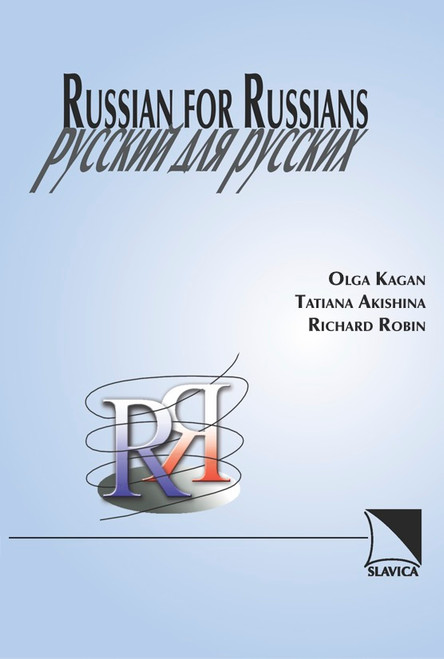Product Overview
Challenging the stereotype of Russian imperial society as static and immobile, the mid- to late nineteenth century witnessed the portrayal in literature of a unique representative of the country’s Orthodox Christian asceticism—the wanderer (in Russian strannik, strannitsa). This was someone who left his/her home and sedentary existence to embark on a life-long series of peregrinations, most often from monastery to monastery, in an attempt to follow Christ’s command to leave everything and follow Him. This volume will examine the depiction of wanderers and pilgrims in Russian literature during a crucial moment in the country’s history—the time in and around the abolition of serfdom (1861), when Russia’s educated class became particularly interested in the peasants’ religious worldview and practices. During this period several well-known writers, among them Fedor Dostoevsky, Mikhail Saltykov-Shchedrin, Nikolai Nekrasov, Pavel Mel´nikov-Pecherskii, Nikolai Leskov, and Leo Tolstoy—all began incorporating wanderers and pilgrims into their works. While providing much-needed background on the etymology, geography, and history of wandering within the Russian Empire, this study breaks new ground by connecting the rise of interest in wanderers with the then-bourgeoning field of folklore studies, an understanding of which is essential in order to grasp the fascination these peregrinating figures held for Russian intellectuals of that era.







